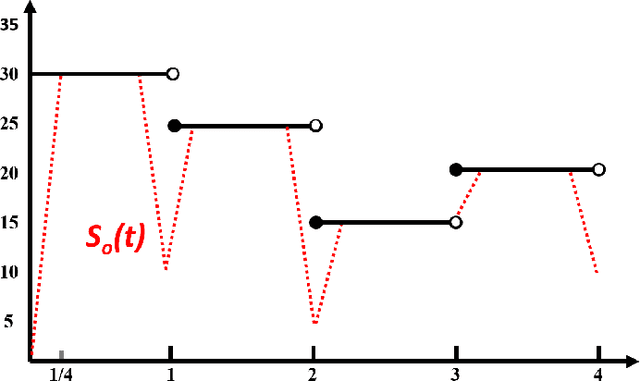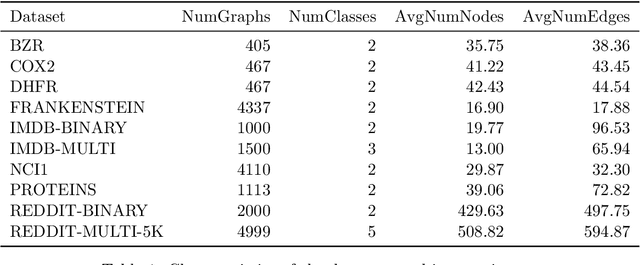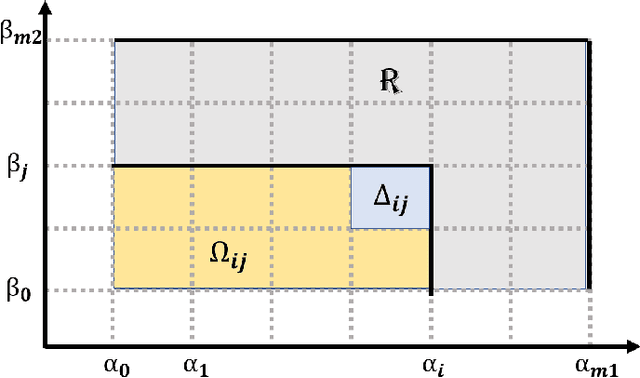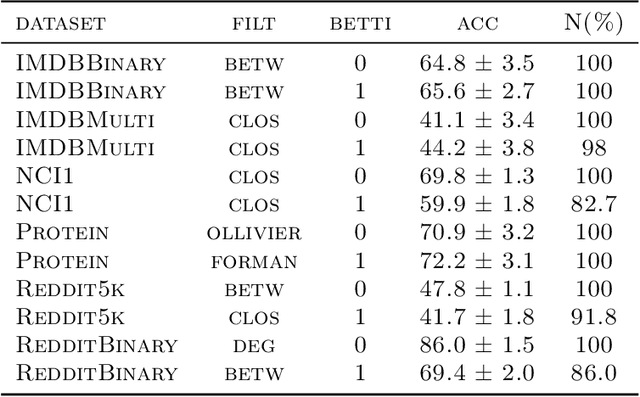Smart Vectorizations for Single and Multiparameter Persistence
Paper and Code
Apr 10, 2021



The machinery of topological data analysis becomes increasingly popular in a broad range of machine learning tasks, ranging from anomaly detection and manifold learning to graph classification. Persistent homology is one of the key approaches here, allowing us to systematically assess the evolution of various hidden patterns in the data as we vary a scale parameter. The extracted patterns, or homological features, along with information on how long such features persist throughout the considered filtration of a scale parameter, convey a critical insight into salient data characteristics and data organization. In this work, we introduce two new and easily interpretable topological summaries for single and multi-parameter persistence, namely, saw functions and multi-persistence grid functions, respectively. Compared to the existing topological summaries which tend to assess the numbers of topological features and/or their lifespans at a given filtration step, our proposed saw and multi-persistence grid functions allow us to explicitly account for essential complementary information such as the numbers of births and deaths at each filtration step. These new topological summaries can be regarded as the complexity measures of the evolving subspaces determined by the filtration and are of particular utility for applications of persistent homology on graphs. We derive theoretical guarantees on the stability of the new saw and multi-persistence grid functions and illustrate their applicability for graph classification tasks.
 Add to Chrome
Add to Chrome Add to Firefox
Add to Firefox Add to Edge
Add to Edge